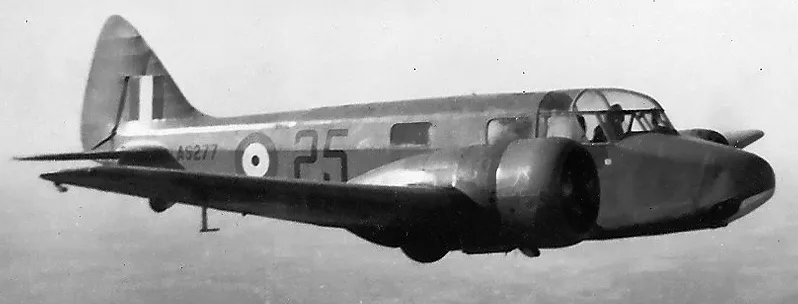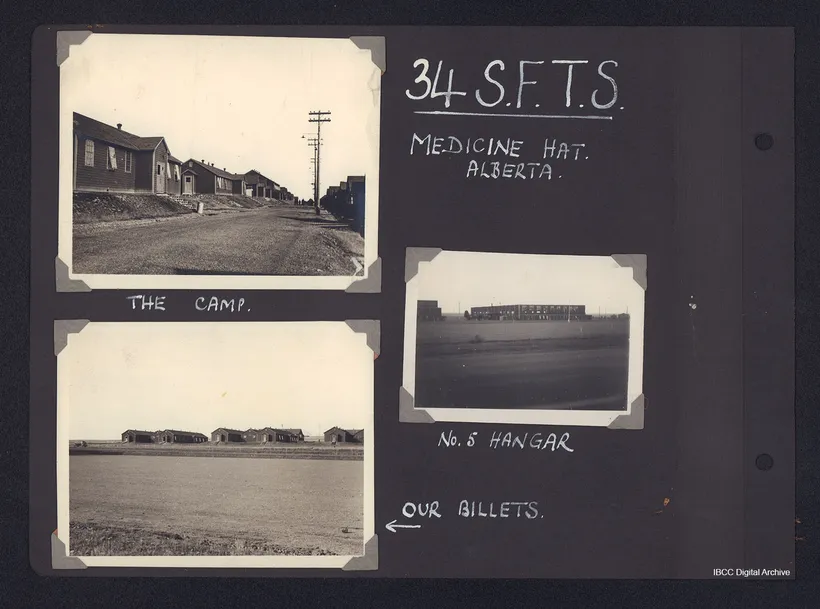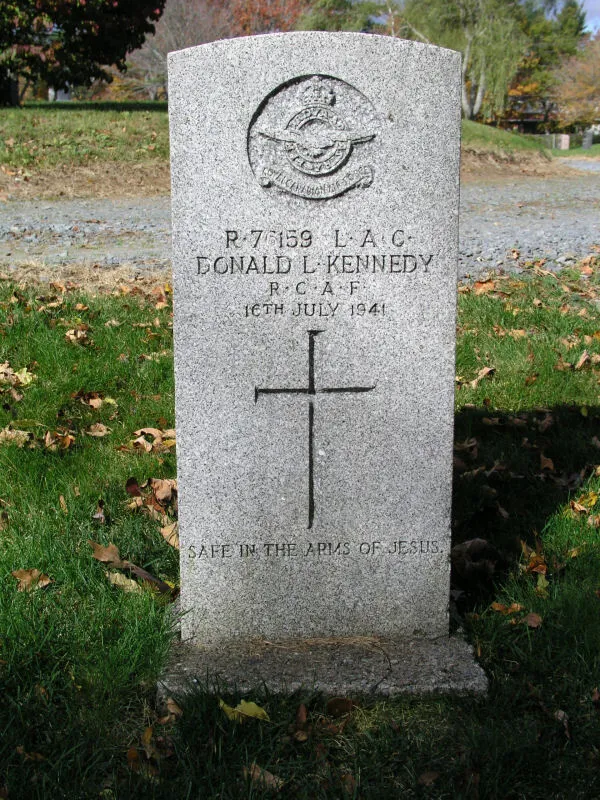Lea, Phineas John (Flight Lieutenant)
Killed in Flying Accident 1941-July-16


Birth Date: 1913
Born:
Parents: Son of Phineas and Phoebe Ann Mary Lea, of Quinton, Birmingham, England.
Spouse:
Home:
Enlistment:
Enlistment Date: unkown date
Service
RAF
Unit
34 SFTS- Service Flying Training School (RAF)
Base
Medicine Hat, Alberta, Canada
Rank
Flight Lieutenant
Position
Service Numbers
76115
Crew or Other Personnel
Oxford AS494
Oxford serial: AS494

Airspeed A.S. 10 Oxford Mk. II, RCAF (Serial No. AS277), 25, in flight over Saskatchewan, 1942.
The Airspeed AS.10 Oxford was a twin-engine monoplane aircraft developed and manufactured by Airspeed. It saw widespread use for training British Commonwealth aircrews in navigation, radio-operating, bombing and gunnery roles throughout the Second World War.
The Oxford was developed by Airspeed during the 1930s in response to a requirement for a capable trainer aircraft that conformed with Specification T.23/36, which had been issued by the British Air Ministry. Its basic design is derived from the company's earlier AS.6 Envoy, a commercial passenger aircraft. Performing its maiden flight on 19 June 1937, it was quickly put into production as part of a rapid expansion of the Royal Air Force (RAF) in anticipation of a large-scale conflict.
As a consequence of the outbreak of war, many thousands of Oxfords were ordered by Britain and its allies, including Australia, Canada, France, New Zealand, Poland, and the United States. Following the end of the conflict, the Oxford continued to achieve export sales for some time, equipping the newly formed air forces of Egypt, India, Israel, and Yugoslavia. It was considered to be a capable trainer aircraft throughout the conflict, as well as being used a general-purpose type. A large number of Oxfords have been preserved on static display. Wikipedia
Aircraft Images
Oxford AS494
Oxford Mk. I AS494
Crashed 9 miles north of Vauxhall, Alberta at 10:45 on 16 July 1941, while undertaking instructor instrument flying training with No. 34 Service Flying Training School at Medicine Hat, Alberta. Stalled from a turn at low altitude. Flying Officer A.A. Perkiss-Ginn, RAF; Flight Lieutenant P.J. Lee, RAF; and Leading Aircraftman D.L. Kennedy, RCAF killed. Taken on strength by No. 4 Training Command, for No. 34 SFTS, the next day. Originally reported as Category B damage, revised to Category A based on 34 SFTS inspection report dated 21 July 1941. Had 99:10 logged time when struck off.1941-06-11 Taken on Strength Eastern Air Command at No. 1 Port Detachment 2019-08-20
1941-July-16 Accident: 34 Service Flying Training School Loc: Vauxhall Alberta Names: Kennedy | Lea | Purkiss-ginn
1941-09-01 Struck off Strength Struck off, reduced to spares and produce 2019-08-20
Unit Desciption
34 SFTS (34 Service Flying Training School)
Graduates of the EFTS "learn-to-fly" program went on a Service Flying Training School (SFTS) for 16 weeks. For the first 8 weeks the trainee was part of an intermediate training squadron; for the next 6 weeks an advanced training squadron and for the final 2 weeks training was conducted at a Bombing & Gunnery School. The Service schools were military establishments run by the RCAF or the RAF.
There were two different types of Service Flying Training Schools. Trainees in the fighter pilot stream went to an SFTS like No. 14 Aylmer, where they trained in the North American Harvard or North American Yale. Trainees in the bomber, coastal or transport pilot stream went to an SFTS like No. 5 Brantford where they learned multi-engine technique in an Airspeed Oxford, Avro Anson or Cessna Crane.

For More Information on RCAF Station Medicine Hat see here
RCAF.Info - RCAF Station Medicine Hat AB
RCAF.Info - Relief Landing Field Holsom AB
RCAF.Info - Relief Landing Field Whitla AB
![]() Bomber Command Museum Of Canada - 34 SFTS
Bomber Command Museum Of Canada - 34 SFTS
David Carter History Of NO34 SFTS
Project 44 BCATP
